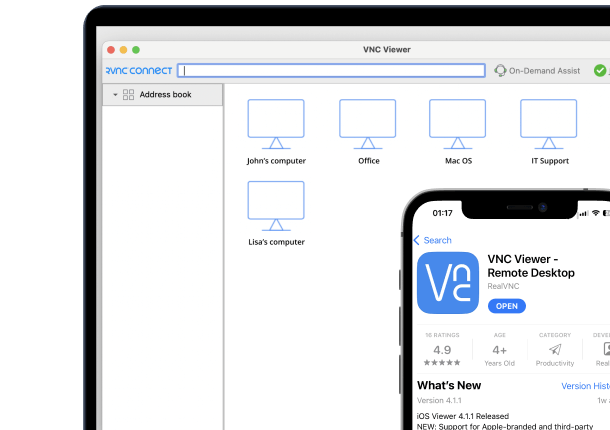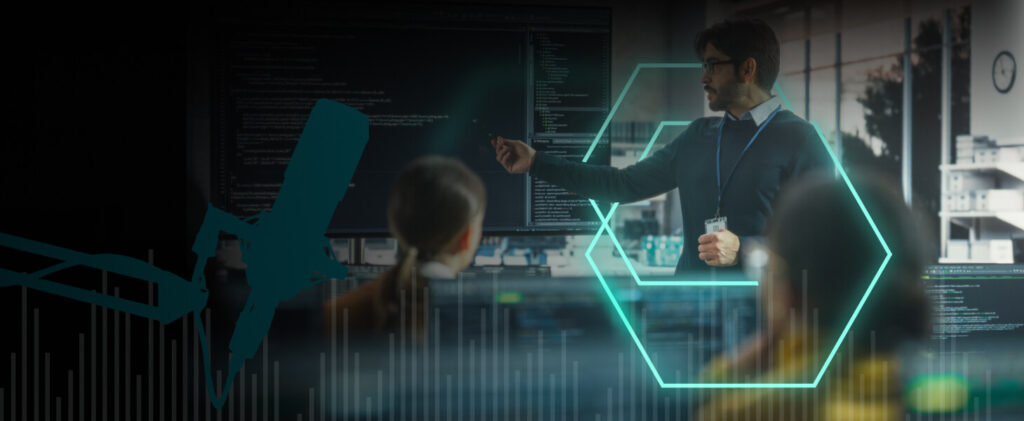Imagine the following situation. A call is received about as serious road accident, and an ambulance crew is dispatched and heading over. They get there, they find out the identity of the victim and they’re doing their best to stabilize them before transporting them to the hospital.
Enhanced Emergency Response
The victim’s condition is delicate, to say the least. Before losing consciousness, they managed to utter the word “allergy”. Luckily, using remote access, the EMT (emergency medical technician) accesses the hospital’s system. They find out the drug the patient is allergic to, and they use an alternative. Simply by doing that, they avoided a possible tragedy. Also, they’re using RealVNC Viewer for Android, so they’ve accessed their hospital machine securely. No confidential patient data was at risk of being compromised.
This is just one of the instances in which secure remote access can truly be a lifesaver. But let’s join the patient on the rest of his medical journey, through all the stages in which remote access plays a part.
En Route to the Emergency Room
With the patient stabilized, the ambulance crew heads to the hospital’s emergency room. While they’re en route, the ER staff is getting ready for their arrival. The doctor on shift uses remote access to keep an eye on the screen of the EMT’s Android tablet, so he knows exactly where things stand.
This leads to improved coordination between the teams. Everyone is on the same page by the time the patient gets to the ER.
Checking with a Specialist
The patient is now in the Emergency Room. However, the on-call doctor finds that the bone injuries are worse than initially thought. A specialist opinion would be very useful.
Unfortunately, the hospital’s orthopaedic consultant is 400 miles away for a medical conference. That distance is not an issue, though. They give him a call, and, from his laptop, he accesses the imaging computer and analyses the X-Ray. He then advises the ER team on the next steps to take.
Remote access software helps the team coordinate their efforts, bridging any geographical distance.
Monitoring Recovery
After spending the necessary days in the hospital, our patient is allowed to finish recovering in the comfort of his own home. The hospital temporarily installs some medical equipment in his home. The medical professionals will use RealVNC Connect remote access software to monitor the equipment at all times. Many adjustments can be done via remote access, or they can head over and intervene for anything more serious.
Data Security First
Data security comes first for RealVNC Connect. Therefore, the medical team doesn’t need to worry about transferring private patient data using remote access software. RealVNC Connect uses full end to end encryption with AES-GCM 128 or 256-bit encryption. This ensures that no one can decrypt the data, not even RealVNC.
RealVNC also does not process, store, or have any access to any data accessed during a remote session.
All accounts are secured using email-based two-factor authentication by default. TOTP (time-based-one-time-password) can also be set via an app, for an extra layer of security.
These are just some of the security features used to make sure that confidential data stays confidential.
But you don’t need to take our word for it! Get a free trial now and find out how RealVNC Connect can make your emergency teams’ lives much easier!






